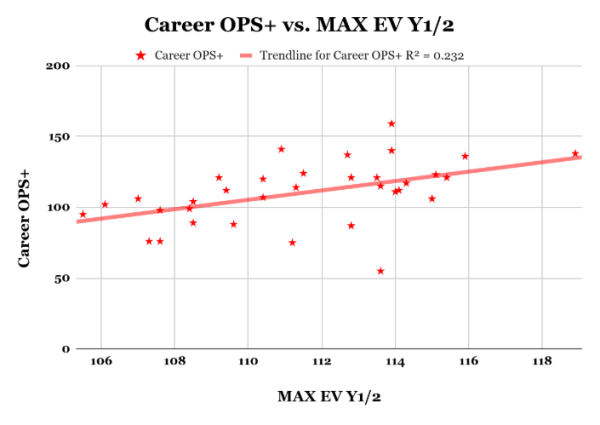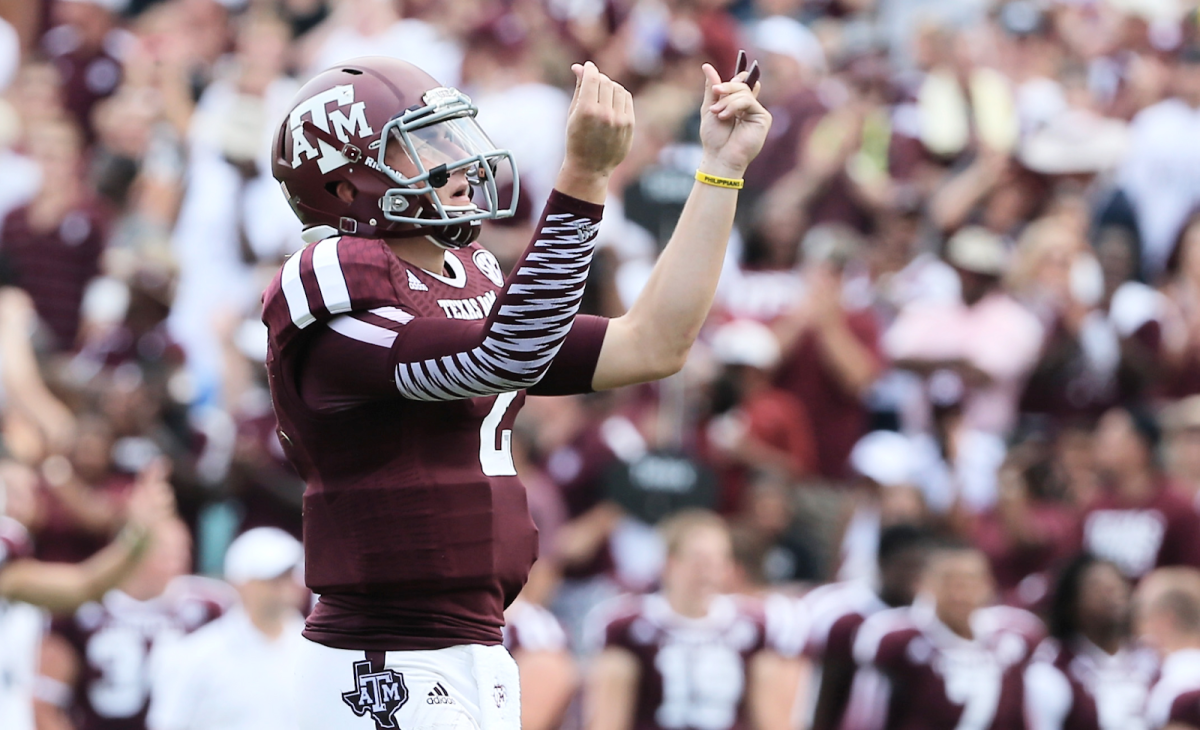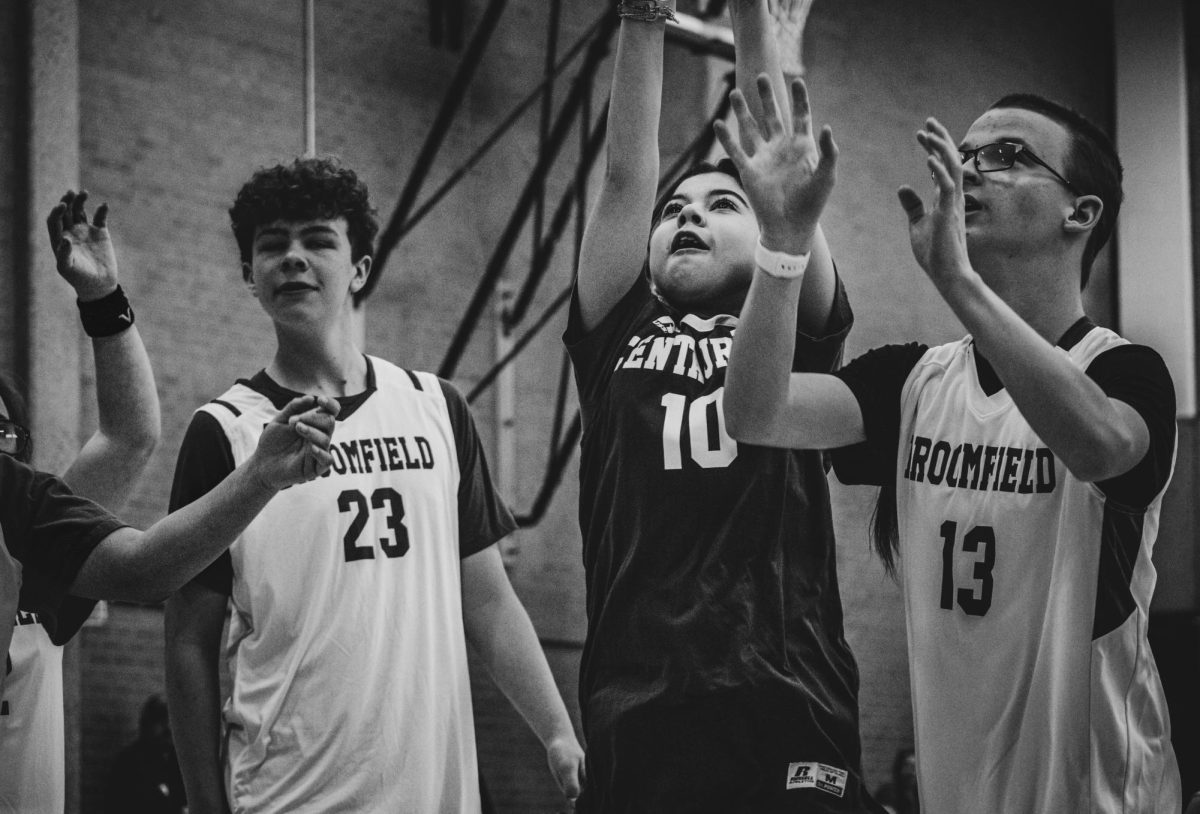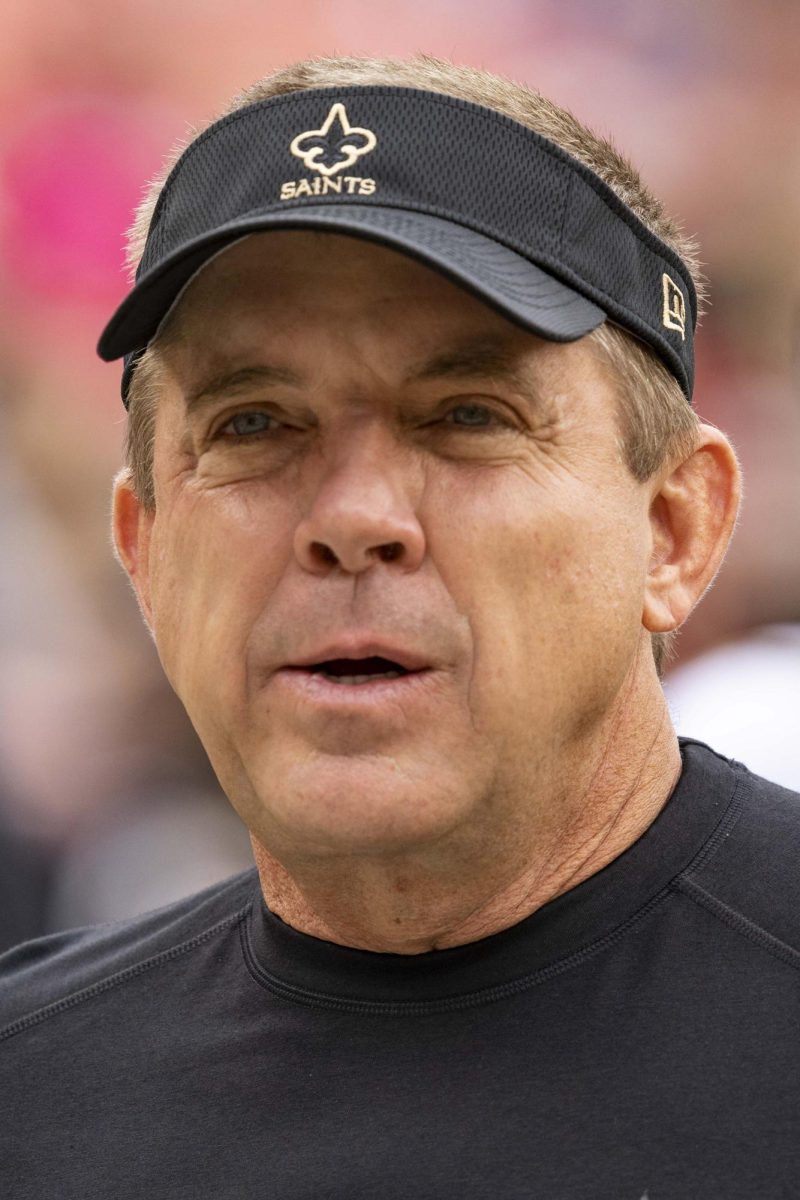Trying to predict future player value is hard. In every level of sports – from high school to college to the professional level, there are roadblocks that strike down even the best players and the most highly-touted prospects. Just look at Johnny Manziel, Christian Pache and Greg Oden – they had set the world on fire while playing in the lower levels of the game but struggled while playing in the upper echelon. Some players fail due to their work ethic, some just don’t have what it takes. If there are so many possible reasons for failure – how do we get better at predicting potential?
Take failed baseball prodigy Keston Hiura for example. Baseball is one of the easiest sports in which prospects can fail – after getting drafted, even the highest draft picks have to go through at least 3 levels before being considered good enough to glance at the majors, which allows for what could be years worth of time spent in the minors. This gives prospects years to fail, go down with a career-altering injury, and be labeled as a bust. Keston Hiura, now relegated to minor league unimportance, was once ranked the #6 prospect in baseball by Baseball Prospectus and was flying through the Brewers system until his debut in 2019. Things didn’t work out at the highest level, and he now sits as consistently one of the best hitters in AAA, the league only one level below the MLB. Although he has consistently exceeded expectations in the league just short of the majors, some sort of roadblock barred him from having the capacity to succeed. This brings up a flurry of questions – was it a mental issue? Had he hit his peak? Can he not face adversity? All of these could be valid explanations, but maybe, he wasn’t a good enough athlete.
This explanation can be used for a lot of busts. “Oh, he wasn’t fast enough.” “He wasn’t strong enough.” If that’s true, then why are we making those guys the top prospects? The superstars of all sports are able to do everything at an elite level, and although each player that makes it to the top is a great athlete, it might be time to stop regarding the guys that aren’t freaks of nature as the top prospects. The true answer to the situation could be unteachable qualities – height, power, speed.
This situation currently posed doesn’t only apply to baseball. In 2023, the Panthers gave up a king’s ransom in order to draft Bryce Young with the #1 pick, and although his career is nowhere near over, his talent in college is overshadowed by below average height, limited maneuverability, and his all-around decent qualities compared to the average NFL QB. Studies keep popping up with new ways to approach prospects: J. Dean Craig and Niven Winchester conducted a study in 2017 about the future value of college QB’s at the next level. In their findings, they noticed that rushing ability was more effective in predicting future value than arm talent. Think about Lamar Jackson, Josh Allen, and Patrick Mahomes; all three guys had above-average rushing abilities in college, and have made great careers purely out of their athleticism. All were also not drafted within the top 5 picks and had at least 1 QB taken ahead of them, and although pure rushing ability isn’t the ultimatum when it comes to quarterback prospects, it could be something else for scouts to look at.
Back to baseball – it’s the sport that uses analytics the most in order to predict future potential. Over various websites, there’s a mountain of numbers that can be accessed, and therefore an endless stream of data that can’t all be interpreted. The sheer amount of analytics allows anyone to prove anything right, and prove anything wrong. If there’s so much out there to be absorbed, how in the world does anyone look at a top prospect and say that they’re the one? The answer could be in Max EV (maximum exit speed off the bat once a ball is hit).

The graph above consists of 34 data points: each point is a top 10 hitting prospect on MLB.com from 2015-2019 (there is carry over from previous years). The data points take a prospect’s hardest-hit ball from their first or second year of playing (if adequate playing time isn’t achieved in Y1), and looks at the relationship between that and their career OPS+ (career offensive value that has an average of 100). The result of the graph is a positive, linear trend with a moderate correlation of 0.48. Subtracting an outlier, the correlation rises to 0.60. Therefore, as we see a player’s maximum exit velocity rise, we are also able to see the likelihood for career hitting value increase.
Exit velocity is one of the prime abilities that hitters in baseball need, and is present in the best athletes in the game, like Ronald Acuña Jr., Shohei Ohtani, and Elly de la Cruz. It gives fielders a harder time, allows homers to go out more often, and by now, prospect rankings have come to assimilate that into their top prospect reports. Although there will always be exceptions, the current MLB top 10 prospect list for hitters consists of freaks of nature – guys that utilize combinations of all of baseball’s untouchable intangibles: power, bat speed, speed, and arm strength.
There will always be busts in sports. Even the most well-rounded athletes will fail and the most analytically perfect guys at the lower levels will crumble when it comes to facing the top-tier talent. Hopefully though, with the rise of analytics in every sport, the best athletes will be found and turned into the best players in their sport. Prospect rankings used to be based on feel and instinct; maybe now they will help organizations in the future when it comes to finding their type of prospect, and growing them into the best player they can be.





![Shane Bailey. Sage Bailey. [Photograph]. 2nd Annual Booster Tournament](https://chswarriorscroll.com/wp-content/uploads/2025/10/boysvgolf.jpg)




